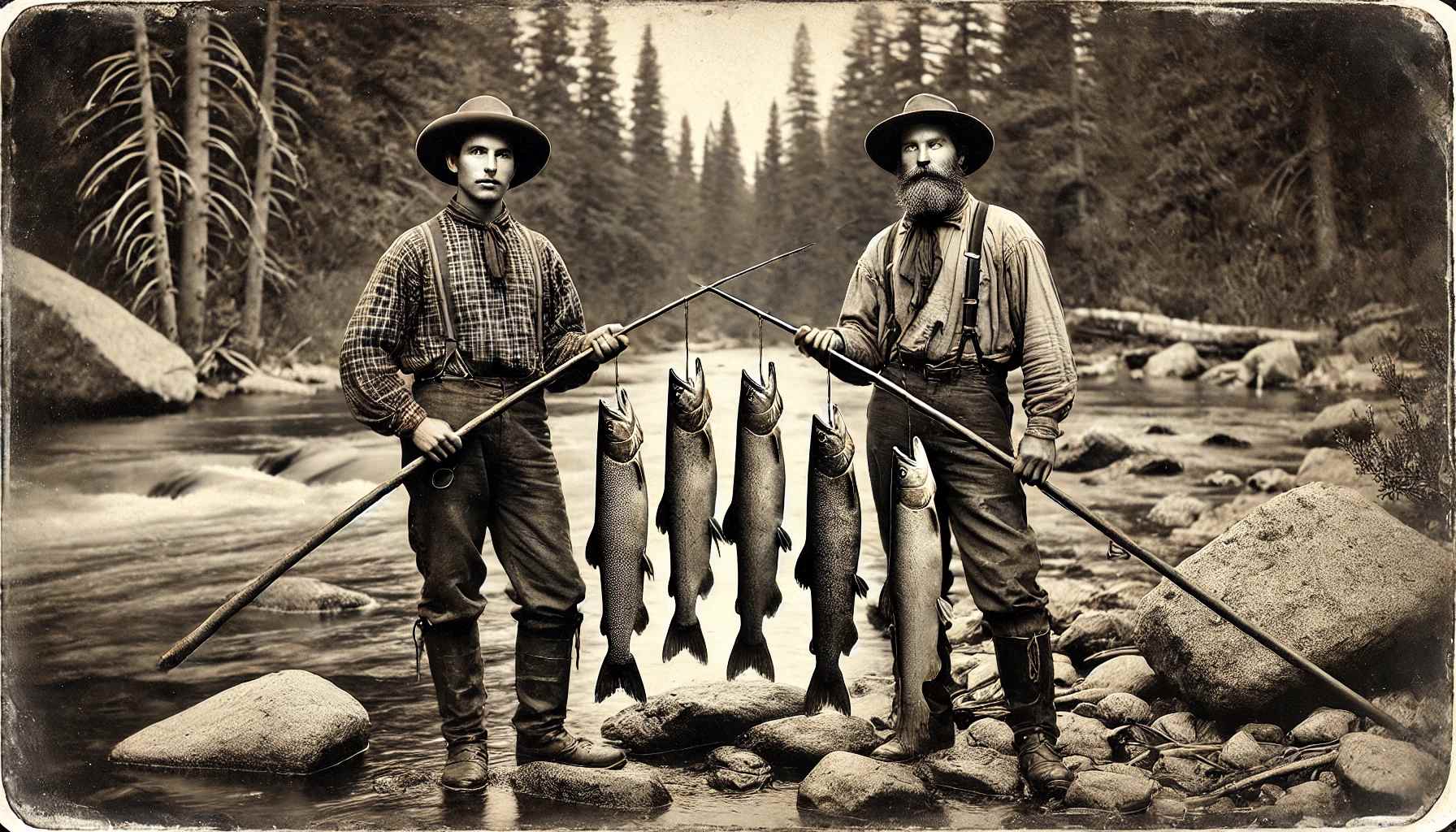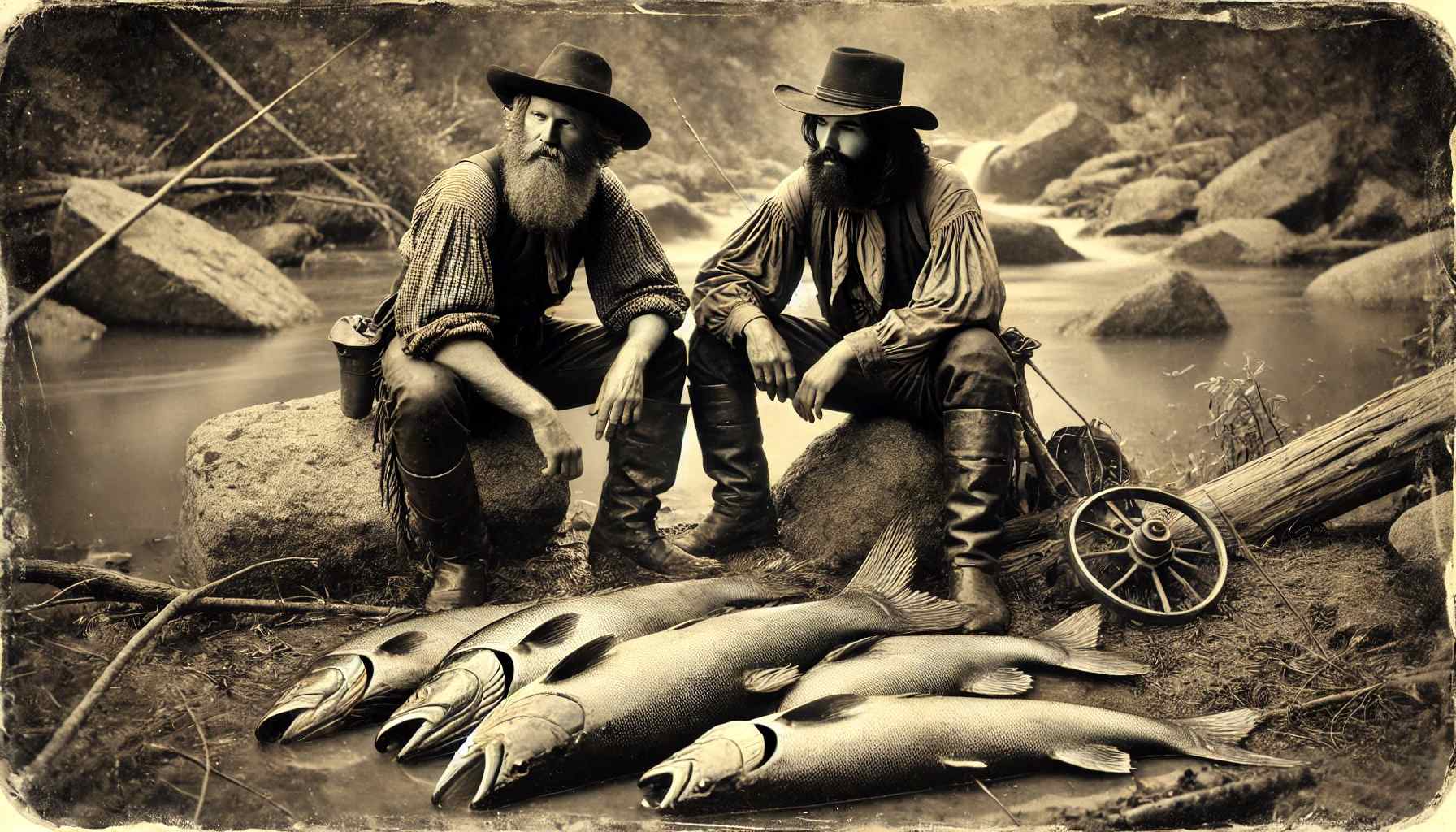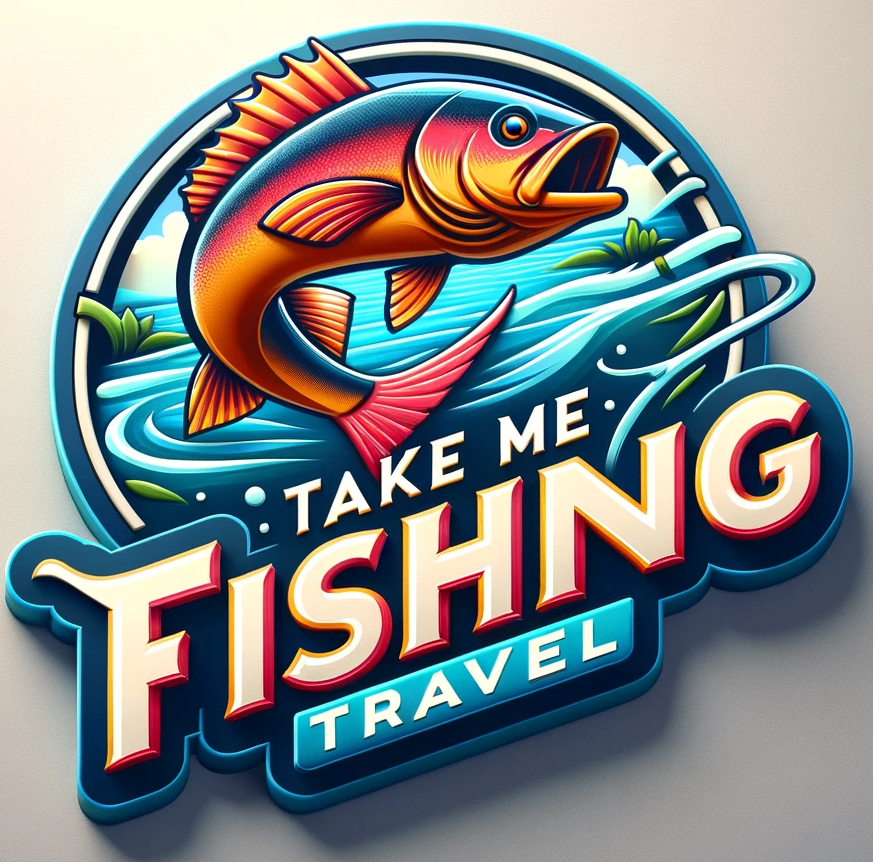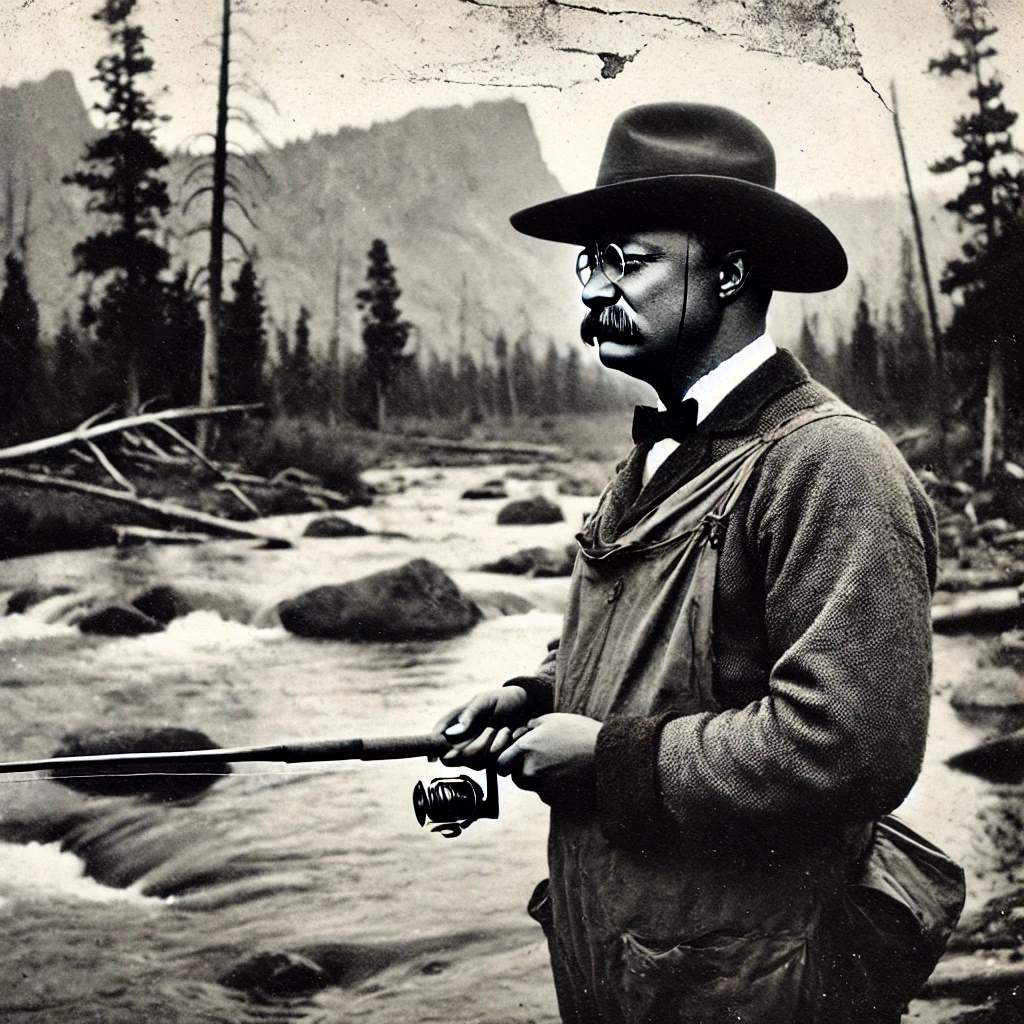This post contains affiliate links.
Key Takeaways
- Fishing has been a crucial part of American culture for centuries, with roots tracing back to ancient Native American practices.
- The arrival of European settlers introduced new technologies and techniques that revolutionized the sport fishing industry.
- The history of sport fishing in the USA is a testament to the nation’s pioneering spirit and its deep connection to the natural world.
- Advancements in fishing gear and methods have shaped the evolution of this timeless pursuit, from the invention of the fishing rod to the advent of modern technologies.
- Fishing has evolved from a necessity to a beloved recreational activity, offering opportunities to connect with nature and create lasting memories.
The Origins of Sport Fishing
Fishing has been a key part of human culture for thousands of years. It started with ancient civilizations. The Native American tribes were among the first to fish. They managed fishing resources well and saw it as deeply spiritual.Native American Fishing Practices
Fishing was more than survival for Native American tribes. It brought them together and showed unity. They used different fishing methods based on where they lived.These methods included nets, spears, canoes, and even dogs. It showed their creativity and ability to adapt.Cultural and Spiritual Significance of Fishing
Fishing was very important to Native Americans. It was not just for food. They believed fish had souls and needed respect.They had rituals and ceremonies to honor the balance between humans and nature. This respect helped them manage resources well.The origins of sport fishing come from these ancient practices. The growth of angling and its cultural value helped shape modern fishing as a sport. The traditions of Native American fishing still inspire and guide us today.“Fishing was not just about sustenance for Native American tribes; it was a sacred practice that connected them to the land, the water, and the spirits that inhabited these realms.”
Emergence of Commercial Fishing
The arrival of European colonists in the United States was a big change for fishing. They brought new fishing methods and tools. This changed American fishing forever.European Colonists’ Influence
European settlers brought advanced fishing gear like nets and hooks. These tools replaced Native American methods. This made fishing more efficient and started a big commercial fishing industry.Coastal Settlements and Trade Networks
As coastal towns grew, fishing became key to the early American economy. Fish became a valuable item for trade with Europe and the Caribbean. Fishing communities developed, creating a unique culture along the coasts.| Key Developments in American Commercial Fishing | Figures and Statistics |
|---|---|
|
|

The Industrial Revolution and Fishing
In the 19th century, the fishing industry in the USA saw big changes. New machines and technologies changed how fishing was done. This led to a new era of commercial fishing.Technological Advancements
The industrial revolution brought many new technologies. Steam-powered winches, trawling nets, and motorized boats made fishing better. These tools helped fishermen catch and move more fish.They could now go further out to sea. This opened up new places to fish and increased their catch.Rise of Commercial Fishing Operations
With new technology, commercial fishing became a big deal. Fishing moved from just for food to making money. The need for fish in cities grew, and so did commercial fishing.Regional fishing centers and fish markets started to grow. The industrial revolution’s impact on fishing was huge. It brought efficiency, productivity, and made fishing a key part of the economy.“The industrial revolution brought about a range of technological innovations that significantly improved the efficiency and productivity of fishing.”
The the history of sport fishing in the 20th Century
The 20th century saw big changes in sport fishing. Environmental worries and overfishing led to a push for better fishing ways. Scientists and conservationists worked hard to keep fishing sustainable.Government groups and organizations helped manage fish populations. They made rules to protect fish and their homes.New tech changed the sport fishing world. Better rods and reels let anglers cast farther and more accurately. Sonar and radar helped find fish, thanks to pioneers like Jack Parker.Great captains like Mark Fong and Paul Jorgensen became famous for catching lots of tuna. The sport fishing industry in places like Costa Rica boomed. It made over $500 million a year and created jobs for over 60,000 people.As fishing evolved, so did the stories and famous anglers. Writers like Zane Grey inspired many with their tales of fishing adventures.The 20th century was a key time for sport fishing. It found a balance between protecting the environment and the thrill of the catch. This era set the stage for the sport’s future growth and innovation.Environmental Concerns and Fisheries Management
In the 20th century, people started to worry about the fishing industry’s impact on the environment. They were concerned about overfishing. This led to the creation of agencies focused on fisheries management.These agencies worked hard to study fish populations and find ways to protect them. They aimed to keep fish numbers healthy for the future.Overfishing and Conservation Efforts
In 1976, the Magnuson-Stevens Fishery Conservation and Management Act changed U.S. fishing rules. It helped create a system for managing fish resources. This included setting up regional councils to make management plans.These plans had rules like fishing seasons, size limits, and catch quotas. They were designed to help fish populations stay healthy. This way, the fishing industry could keep going without harming the environment too much.There were also efforts to reduce harm to other sea creatures caught in fishing. This helped protect more of the ocean’s life. Scientific studies continued to guide these efforts.Regulations and Management Plans
The Magnuson-Stevens Act gave councils the power to make detailed management plans. These plans included:- Fishing seasons and quotas to prevent overfishing
- Size limits to protect young and breeding fish
- Gear rules to lessen harm to sea creatures and habitats
- Rules for reporting and monitoring catches

“Sustainable fishing practices are essential for preserving the health of our oceans and ensuring a bountiful future for both the environment and the fishing industry.”
The Growth of Recreational Fishing
In the 20th century, recreational fishing became more popular in America. More people had free time and could easily get to fishing spots. This led to both good and bad changes in the fishing world.Today, recreational fishing is a big economic force, drawing millions of anglers each year. Coastal states offer free classes to teach fishing basics. Groups like the International Game Fishing Association and Take Me Fishing help new anglers.To keep fishing sustainable, rules have been set. These include size limits, bag limits, and fishing seasons. The Fish Rules app helps anglers stay updated on these rules.Conservation efforts are key to recreational fishing’s growth. Catch-and-release fishing is now common, with over half of caught fish being released. NOAA Fisheries works hard to ensure fishing stays sustainable for future anglers.| Key Recreational Fishing Statistics | Value |
|---|---|
| Annual recreational fishing trips in the U.S. | 187 million |
| Total fish caught by recreational anglers | 950 million |
| Percentage of fish released by anglers | Over 50% |
Fishing Literature and Famous Anglers
The sport of fishing has inspired many writers and anglers. Zane Grey is a key figure in this world. His work has deeply influenced the fishing community.Zane Grey and His Influence
Zane Grey was a master of the American West and a passionate angler. He set over a dozen saltwater fishing records. His books, like “The Call of the Canyon,” often included fishing themes.Grey’s stories and vivid descriptions have inspired many anglers. His work helped make big-game fishing popular.Other Notable Authors and Figures
- Ernest Hemingway, a famous author, was also a skilled angler. His book “The Old Man and the Sea” is a classic in fishing literature.
- Alfred Glassell Jr. was a big-game fisherman and wrote several books. His works include “The Thrilling Days of Yesteryear” and “The Compleat Imbiber.”
- Michael Lerner founded the International Game Fish Association (IGFA). He went on fishing expeditions to study fish species and contributed to the sport’s science.
| Angler | Achievements |
|---|---|
| Andy Mill |
|
| Joe Brooks |
|
| Michael Lerner | Founder of the International Game Fish Association (IGFA), conducted various fishing expeditions to study different fish species |
| Ray Scott | Influenced many anglers and turned recreational fishing into a multi-billion dollar industry |
Advancements in Fishing Gear and Techniques
The fishing industry has seen big changes over the years. From ancient methods to modern tech, fishing has evolved a lot. This evolution has shaped both the sport and commercial fishing worlds.The fishing reel is a key innovation. It first appeared in China around 1200 CE, made from bamboo. Later, the English reel became popular in the 1650s. The first American reel was made by George W. Snyder in the 1800s.New materials have changed fishing a lot. The industrial era brought mass-made reels from metals. The 1930s saw nylon monofilament, and the 1940s brought braided lines. Now, reels are made from light, durable materials like aluminum and stainless steel.Technology has also changed fishing a lot. Advanced sonar and GPS help find fish. New lures and baits make fishing better. Special gear like fly rods and spinning reels have created new fishing styles.Fishing has come a long way thanks to anglers’ creativity. As fishing keeps evolving, we’ll see more cool stuff. This will make fishing better and help protect our oceans.“The evolution of fishing gear and techniques has played a crucial role in shaping the sport and commercial fishing industries, improving efficiency, productivity, and the overall enjoyment of the fishing experience.”
The Role of Fishing in American Culture
Fishing is a big part of American culture. It has shaped life for people living by the coast and helped the country’s maritime history. From Native Americans‘ traditional fishing to commercial fishing that boosted the economy, fishing has been key to the U.S. culture.Fishing Communities and Traditions
Fishing communities have their own traditions and ways of fishing that have lasted for generations. These traditions help people feel connected and united. The Native American tribes, like the Inuit, Pueblo, and Yup’ik, showed how important fishing was for their survival. They had special fishing techniques and rituals that were spiritual and communal.In the 19th century, commercial fishing grew fast. This led to the creation of fishing ports and markets. Fishing helped early American settlers, frontier communities, and coastal areas survive. It provided food, income, and helped the economy grow.Fishing is also a popular sport that brings people together. It connects us to nature and creates memories that last. Fishing tournaments and competitions are important, showing off anglers’ skills and building friendships.Fishing is a big part of American identity. It stands for independence, resilience, and the spirit of adventure. This is seen in literature, art, and cuisine, with fish like marlin, trout, and bass becoming symbols of American culture.“Fishing has been deeply ingrained in American culture, shaping the way of life for coastal communities and contributing to the nation’s maritime heritage.”The fishing industry in America is crucial for jobs. It not only employs fishermen but also supports industries like seafood processing, distribution, boat making, and gear supply. The impact goes beyond just catching fish, with tourism and recreational fishing helping local economies.Fishing has grown from a survival need to a beloved activity. It connects families and helps us appreciate nature. The history and traditions of fishing culture, fishing communities, and fishing traditions continue to shape America’s identity and heritage.
Conservation and Sustainability Efforts
The fishing industry has changed a lot, and so have efforts to protect nature. In the 20th century, people started to see how overfishing hurt the environment. Now, there are many ways to make fishing more sustainable.Groups and governments have come up with plans to help. They’ve started catch-and-release fishing. This lets people enjoy fishing without harming fish populations too much.Catch-and-Release Practices
Catch-and-release fishing is getting more popular. It means taking the hook out carefully and putting the fish back in the water. This way, anglers can fish without hurting the fish or the ecosystem.Habitat Preservation and Restoration
There’s also a big push to preserve and restore fish habitats. This includes protecting wetlands and improving water quality. These efforts help keep fish populations healthy for the future.By working on habitat preservation and restoration, we’re helping fishing stay strong. This way, both sport and commercial fishing can thrive. It’s all about taking care of our water and the creatures in it.Thanks to these efforts, fishing in the U.S. is looking good for the future. By being careful and protecting our water, we can keep fishing exciting for years to come.“To keep every cog and wheel is the first precaution of intelligent tinkering.” – Aldo Leopold
Conclusion
The history of sport fishing in the United States is fascinating. It shows how deeply connected Americans are to their waters. From Native American fishing ways to modern tech, this journey has changed our culture, economy, and environment.This journey inspires new anglers, conservationists, and fans. It makes sure fishing stays a big part of American life.Sport fishing in America is about staying strong, being creative, and caring for nature. Pioneers, innovators, and conservationists have made it grow. Their work shows how fishing has changed over time, from old big game fishing to today’s focus on saving the environment.The future of sport fishing looks bright. It’s because of the hard work and love of many people. With new gear, ways to fish, and caring for nature, fishing will keep exciting people for years.FAQ
What is the history of sport fishing in the United States?
Sport fishing in the United States has a long and fascinating history. It spans centuries, showing the deep bond between Americans and the water. From Native American fishing traditions to modern technology, this journey has shaped our culture, economy, and environment.
What were the origins of sport fishing in the USA?
Native Americans had a deep connection with fishing. It was more than just a way to get food; it was also spiritual and cultural. They managed fish resources well and fished together, building community.
How did the commercial fishing industry develop in the USA?
European settlers brought new fishing methods and tools to America. This led to a commercial fishing industry along the coast. Fish became a key trade item, helping the economy grow. Fishing communities developed, blending Native American and European ways.
How did the industrial revolution impact the fishing industry in the USA?
The 19th century saw big changes in fishing with the Industrial Revolution. New machines and technologies made fishing faster and more efficient. This shift led to commercial fishing focusing on making money, not just for food.
What were the environmental challenges faced by the fishing industry in the 20th century?
The 20th century brought big environmental challenges to fishing. Overfishing led to the creation of agencies to manage fish. The Magnuson-Stevens Act of 1976 helped manage fisheries. Efforts were made to reduce harm to non-target species.
How did recreational fishing develop in the USA?
In the 20th century, Americans started enjoying recreational fishing more. More free time and access to fishing spots helped this hobby grow. But, it also brought challenges like overfishing. Rules and catch-and-release fishing were introduced to help.
Who were some of the notable figures in the history of sport fishing in the USA?
Zane Grey was a key figure in recreational angling. His writings greatly influenced the sport. Authors like Ernest Hemingway and Alfred Glassell Jr. also made significant contributions.
How has fishing gear and techniques evolved over time in the USA?
Fishing gear and techniques have changed a lot over time. From Native American methods to modern technology, these changes have helped the sport and commercial fishing. They’ve made fishing more enjoyable and productive.
What is the cultural significance of fishing in the USA?
Fishing is deeply rooted in American culture. It has shaped coastal communities and the nation’s maritime heritage. Fishing traditions and practices have been passed down, creating a sense of identity and unity.
How have conservation efforts impacted the fishing industry in the USA?
Conservation efforts have grown as the fishing industry has evolved. The 20th century saw a focus on sustainable fishing. Catch-and-release fishing and habitat preservation have been key to protecting fish populations.
This post contains affiliate links.

